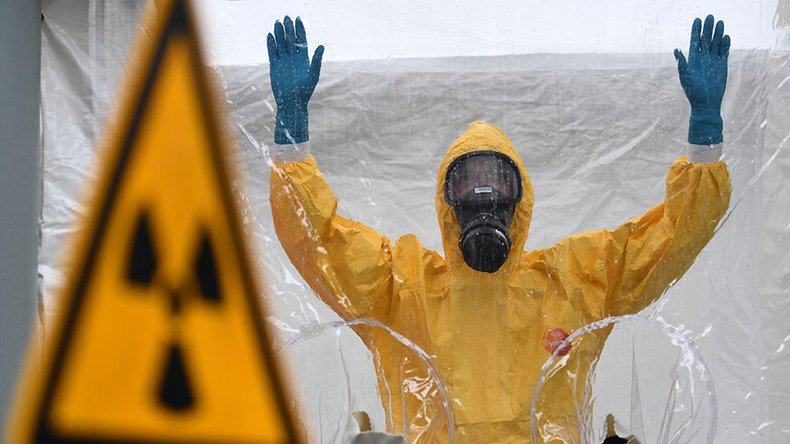Mysterious spike in radioactive particles across Europe baffles scientists

Germany’s Office for Radiation Protection reported increased radioactivity in parts of central and western Europe over the past week. The heightened levels were detected at several trace measuring stations in Europe, and at six locations in Germany.
The particles are ruthenium-106, an isotope used in radiotherapy for eye tumors, and at times in radioisotope thermoelectric generators (RTGs) which provide power to satellites. An increase of ruthenium-106 has been detected in the air in Austria, France, Germany, Italy and Switzerland.
Cases of subjection of unsuspecting US citizens to Cold War #radiation tests are questioned by #US congressmen https://t.co/qlpuzKeWZ8
— RT (@RT_com) October 3, 2017
While officials say there is no need to panic, they don’t know where the material has come from. The elevated radiation levels do not present a threat to human health.
“New analyses of the source of the radioactive material are likely to indicate a release in the southern Ural,” the Office for Radiation Protection said, “but other regions in Southern Russia can not be excluded.”
It said that because only ruthenium-106 has been detected, a nuclear power plant accident can be ruled out.
Radioactive boar found in Sweden 31 years after #Chernobylhttps://t.co/9VZwNYhsiCpic.twitter.com/XdSybuS0Np
— RT (@RT_com) October 7, 2017
The Russian state atomic energy corporation Rosatom, however, rejected the report, saying that “the radiation situation around all Russian nuclear facilities is within the norm and corresponds to natural background radiation.”
The Wednesday statement also noted the data of Roshydromet ,Russia’s meteorology service, indicated that ruthenium-106 hasn’t been detected on Russian territory, only excluding St. Petersburg, from September 25 to October 7. However, the ruthenium-106 concentration in St. Petersburg last week was “insignificant,” and was four times lower than the allowed level, it added.
Russian nuclear facilities cannot be seen as the source of the reported release, Rosatom said, calling the speculation about a Russian origin “invalid.”
Similar spikes in radioactive particles have occurred across Europe in the past, but they are rare.
In February, trace amounts of radioactive iodine-131 were detected across parts of Europe. The iodine faded, and the source of the radioactivity wasn’t identified, Motherboard reports.
France’s IRSN institute announced the trace amounts were detected over Norway, Finland, Poland, Germany, Czech Republic, France and Spain.












